ALASKA SNOW REPORT
Last Updated: December 29, 2025
New snowfall across
Alaska
today, with
Hoonah Snotel
receiving up to
11” of
new snowfall, raising snowpack levels up to
42”.
Snowpack levels across the state are currently 79% of normal.
The deepest snowpack in Alaska
was last observed at
Galena Snowtel
with a
snowpack depth of
109”,
about 284%
of normal when compared to it's
38"
average depth for this time of year.
Snotel 1260 Chena Lakes,
perched at an elevation of
499 ft.,
is currently experiencing some of the coldest temps in
Alaska
with air temps last recorded at
-37 degrees.
More snowfall is expected this week, and areas like
Long Lake
are forecasted to receive up to
69"
of snowfall in the next 5 days.
Alaska Snowpack Map
Explore real-time snowpack depths across Alaska.
Data sourced from USDA NRCS SNOTEL and NOAA Weather Models. Compiled by Snoflo.
Winter Storm Warnings
December 29 2025
EASTERN CHICHAGOF ISLAND
HAINES BOROUGH AND KLUKWAN
MUNICIPALITY OF SKAGWAY
CITY OF HYDER
CITY AND BOROUGH OF YAKUTAT
GLACIER BAY; CITY AND BOROUGH ...
SHISHMAREF; BERING STRAIT COAST
WESTERN ARCTIC COAST
CAPE FAIRWEATHER TO ICY CAPE ...
YAKUTAT BAY
BRISTOL BAY FROM CAPE CHICHAGOF ...
PORT HEIDEN TO NELSON LAGOON ...
KUSKOKWIM DELTA FROM 15 TO ...
BRISTOL BAY GREATER THAN 15 ...
BRISTOL BAY FROM PORT HEIDEN ...
PETERSBURG BOROUGH; WESTERN KUPREANOF AND ...
YAKUTAT BAY
SLEDGE ISLAND TO WALES GREATER ...
WEST OF BARREN ISLANDS INCLUDING ...
BARREN ISLANDS EAST
VALDEZ NARROWS
KACHEMAK BAY
COOK INLET KALGIN ISLAND TO ...
PORT OF VALDEZ
CAPE SUCKLING TO GRAVEL POINT ...
VALDEZ NARROWS
SHELIKOF STRAIT
COOK INLET NORTH KALGIN ISLAND
VALDEZ ARM
COOK INLET KALGIN ISLAND TO ...
PORT HEIDEN TO NELSON LAGOON ...
BRISTOL BAY FROM PORT HEIDEN ...
BRISTOL BAY FROM CAPE CHICHAGOF ...
KUSKOKWIM DELTA FROM 15 TO ...
BRISTOL BAY GREATER THAN 15 ...
PORT OF VALDEZ
COOK INLET NORTH KALGIN ISLAND
VALDEZ NARROWS
CAPE SUCKLING TO GRAVEL POINT ...
COOK INLET KALGIN ISLAND TO ...
VALDEZ ARM
VALDEZ NARROWS
RESURRECTION BAY
NORTH SIDE OF SAINT LAWRENCE ...
SLEDGE ISLAND TO WALES GREATER ...
PORT HEIDEN TO NELSON LAGOON ...
BRISTOL BAY GREATER THAN 15 ...
BRISTOL BAY FROM PORT HEIDEN ...
KUSKOKWIM DELTA FROM 15 TO ...
BRISTOL BAY FROM CAPE CHICHAGOF ...
KUSKOKWIM DELTA FROM 15 TO ...
BRISTOL BAY FROM CAPE CHICHAGOF ...
BRISTOL BAY FROM PORT HEIDEN ...
BRISTOL BAY GREATER THAN 15 ...
COOK INLET NORTH KALGIN ISLAND
COOK INLET KALGIN ISLAND TO ...
VALDEZ NARROWS
Avalanche Conditions
Alaska Ski Area Forecast
Next 5 Days
-
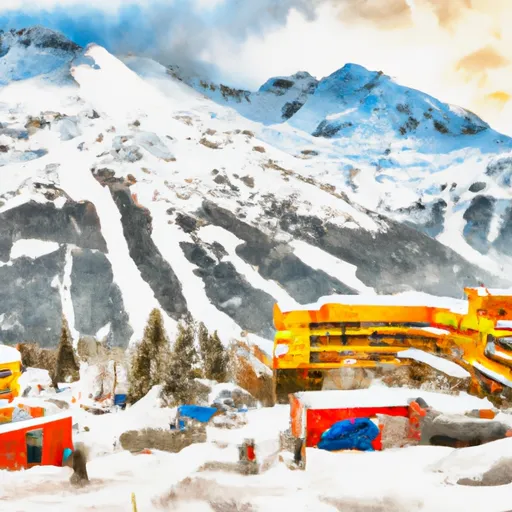 Alyeska Resort
1"
Alyeska Resort
1"
1" -
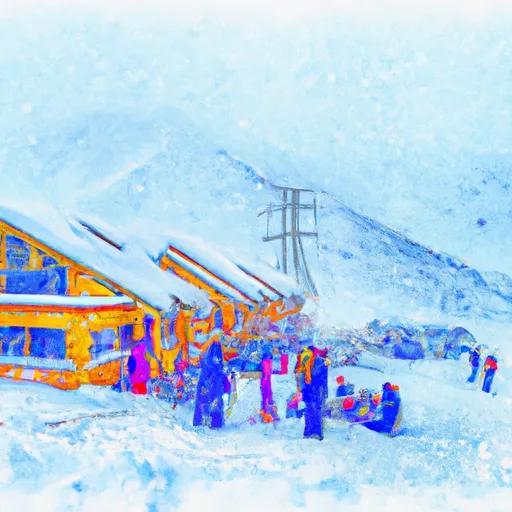 Arctic Valley
1"
Arctic Valley
1"
1" -
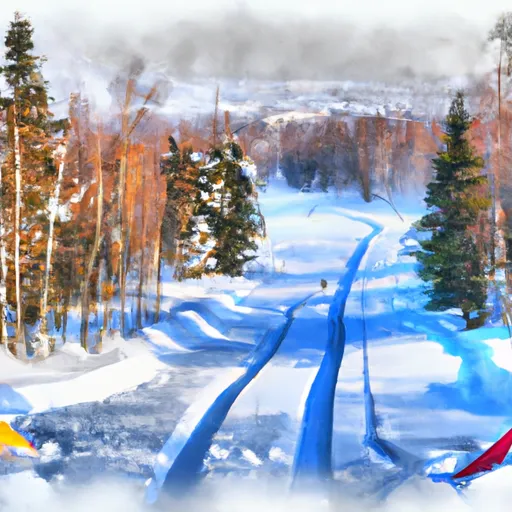 Bartlett High School Cross Country Ski Trails
1"
Bartlett High School Cross Country Ski Trails
1"
1" -
 Beach Lake Nordic Ski Trails
1"
Beach Lake Nordic Ski Trails
1"
1" -
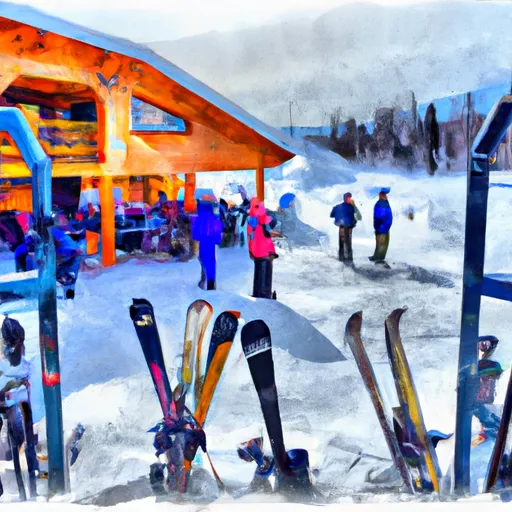 Campbell Airstrip Cross Country Ski Trails
1"
Campbell Airstrip Cross Country Ski Trails
1"
1" -
 Cleary Summit
1"
Cleary Summit
1"
1.18" -
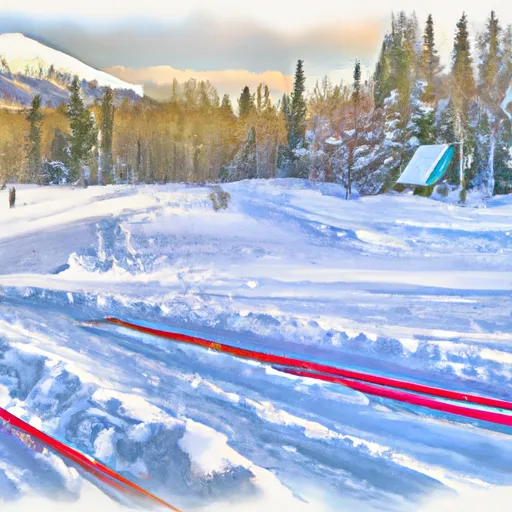 Eagle River High School Cross Country Ski Trails
1"
Eagle River High School Cross Country Ski Trails
1"
1" -
 Eaglecrest Ski Area
1"
Eaglecrest Ski Area
1"
1" -
 Edmonds Lake Cross Country Ski Trails
1"
Edmonds Lake Cross Country Ski Trails
1"
1" -
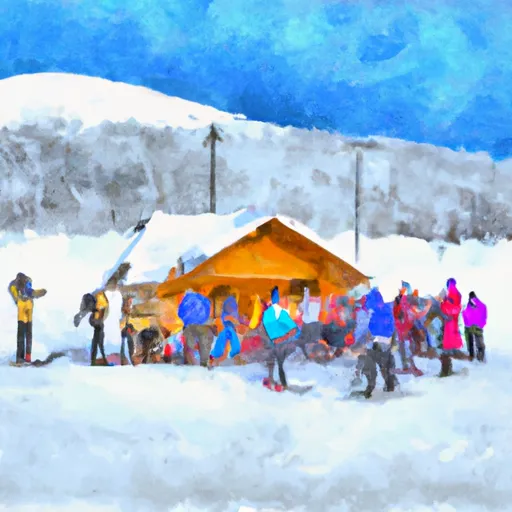 Hillside Cross Country Ski Trails
1"
Hillside Cross Country Ski Trails
1"
1" -
 Hilltop Ski Area
1"
Hilltop Ski Area
1"
1" -
 Kincaid Park Cross Country Ski Trails
1"
Kincaid Park Cross Country Ski Trails
1"
1" -
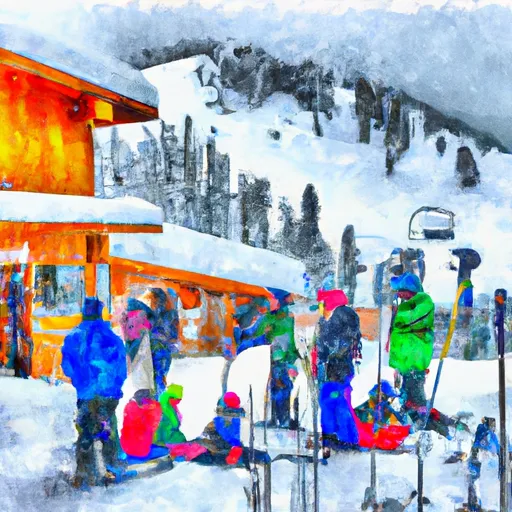 Manitoba Mountain
1"
Manitoba Mountain
1"
1" -
 Mirror Lake Coyote Ski Trails
1"
Mirror Lake Coyote Ski Trails
1"
1" -
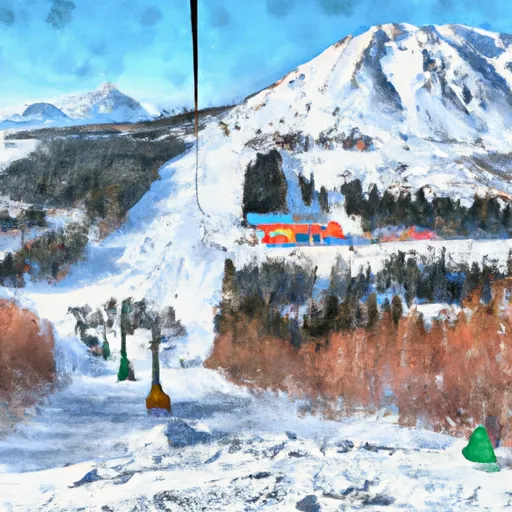 Moose Mountain
1"
Moose Mountain
1"
1" -
 Mt Aurora Skiland
0"
Mt Aurora Skiland
0"
0.24" -
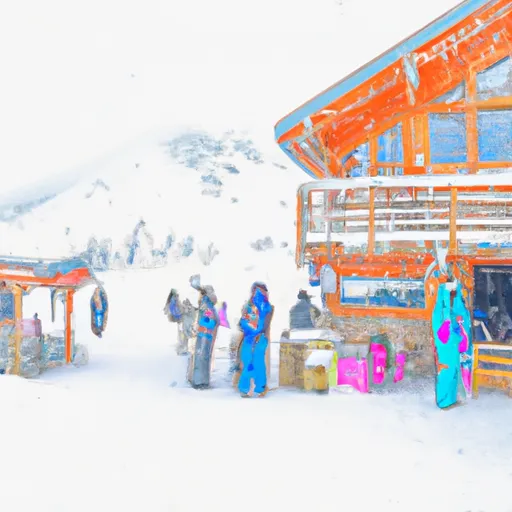 Mt. Eyak
1"
Mt. Eyak
1"
1" -
 Mt Ida
1"
Mt Ida
1"
1.03" -
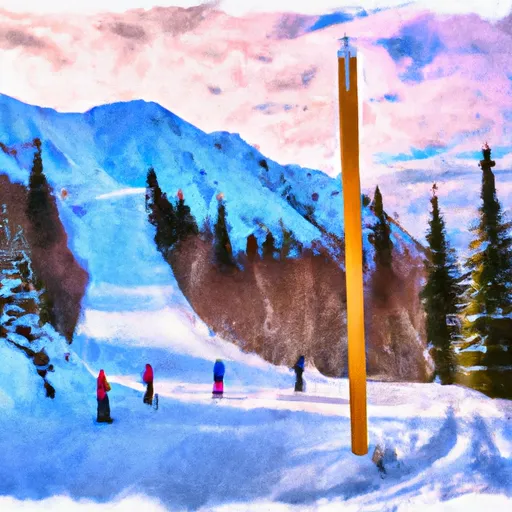 Russian Jack Trail System
1"
Russian Jack Trail System
1"
1" -
 Sheep Mountain Cross Country Ski Trails
0"
Sheep Mountain Cross Country Ski Trails
0"
0.23"
Alaska Snow Report FAQs
How often is this report updated?
Daily from SNOTEL and NOAA sources.
What are snowpack levels in Alaska like right now?
Snowpack levels across Alaska are approximately 79.0% of normal compared to previous years.
Where is it coldest in Alaska right now?
Snotel 1260 Chena Lakes is experiencing frigid temperatures of -37°.
Where in Alaska will get the most snowfall this week?
Long Lake is expected to receive up to 69" of more snowfall over the next 5 days.
Where is the most snow in Alaska today?
Currently at Galena Snowtel with 109".
